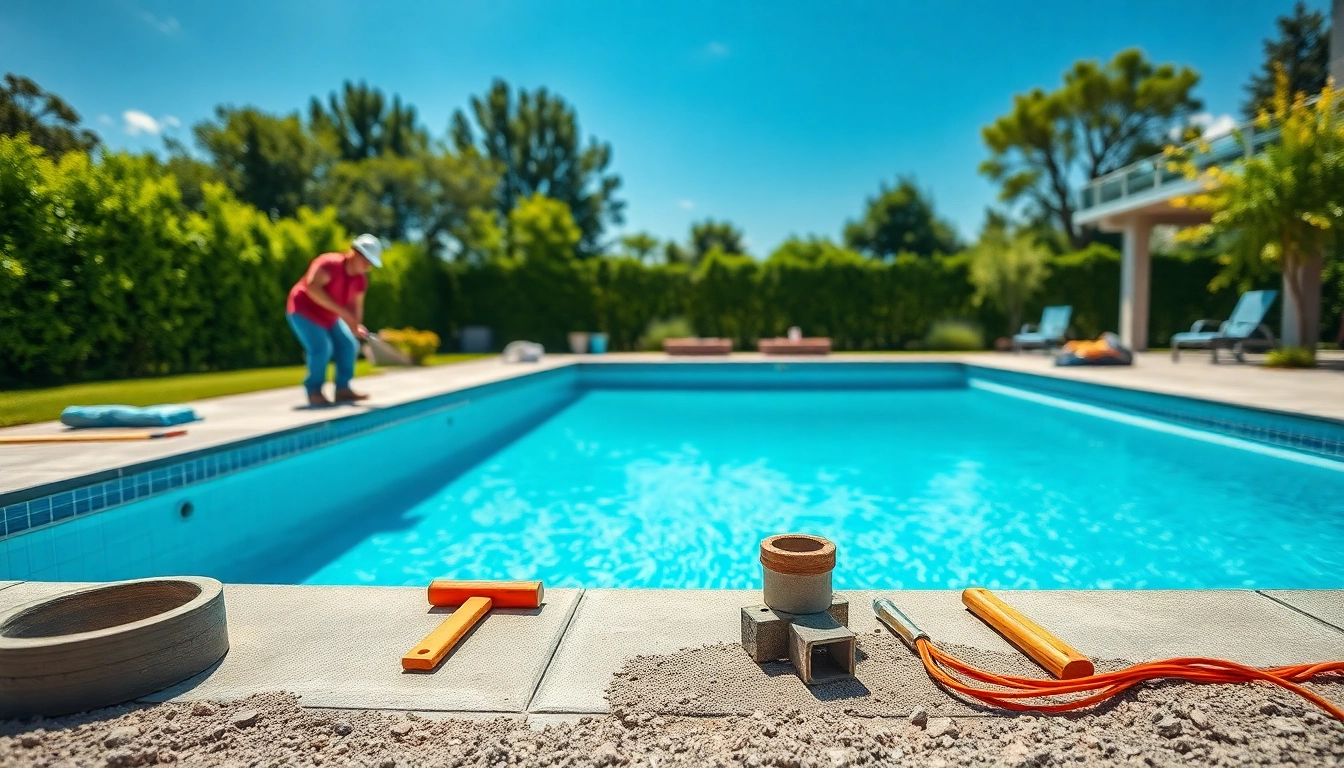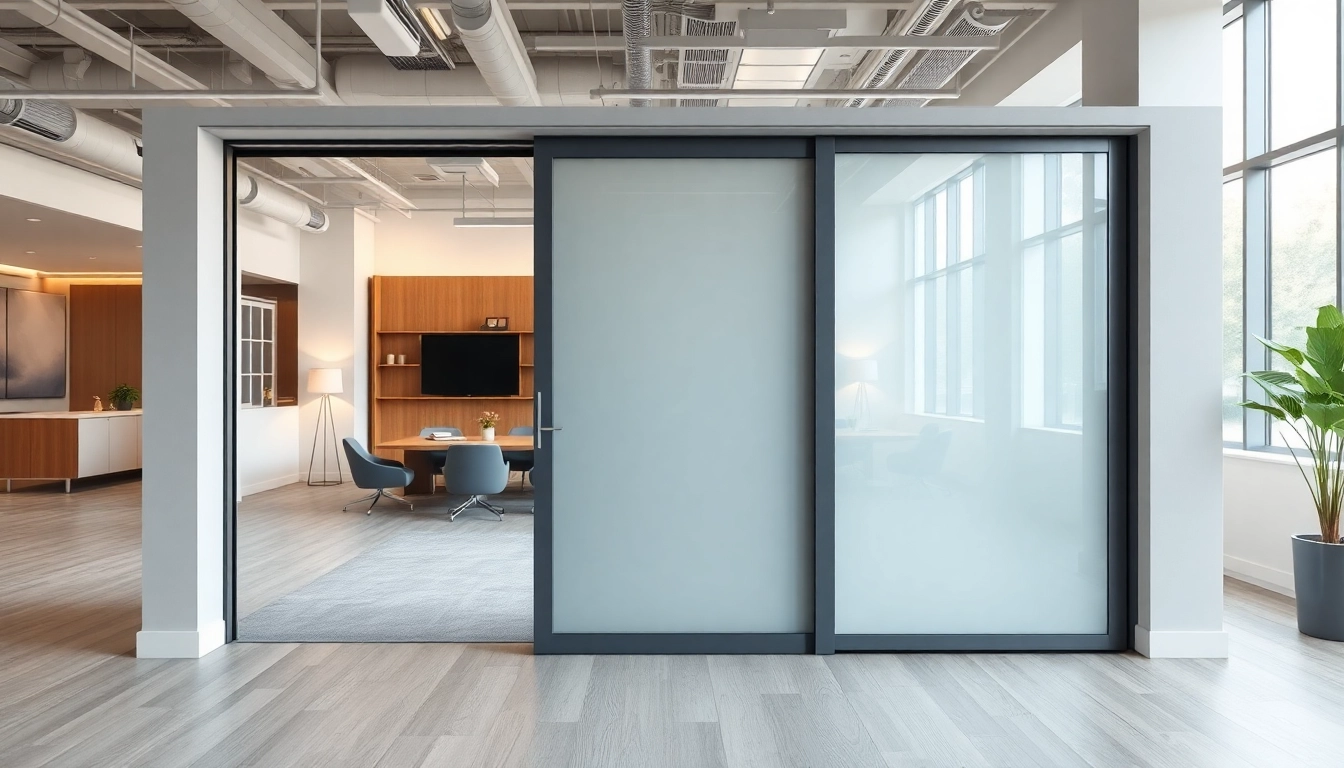Understanding Swimming Pool Installation Costs
When planning for a swimming pool installation, understanding the associated costs is crucial for effective budgeting and decision-making. From the type of pool to choose to the additional features you may want, every aspect influences the overall price. In this guide, we will break down the factors affecting pool installation costs, how to compare different types of pools, and budget for any enhancements you might consider.
Factors Affecting Pool Installation Prices
Several key factors influence the cost of swimming pool installation:
- Type of Pool: The material you choose (concrete, fiberglass, or vinyl) significantly affects the price. Concrete pools, albeit durable, are typically the most expensive, while vinyl pools can be economical alternatives.
- Size and Depth: Larger pools increase labor and material costs. Additionally, deeper pools require more excavation and structural supporting materials.
- Labor Costs: Costs vary based on location. For instance, installation in urban areas often incurs higher labor rates than in rural settings.
- Site Conditions: If your yard requires substantial grading, excavation, or land clearing, anticipate higher costs due to the additional time and machinery needed.
- Custom Features: Enhancements such as waterfalls, spas, lighting, or complex decking can double or triple your budget depending on your selections.
- Permits and Inspections: Depending on local regulations, obtaining permits can add to initial costs. It’s essential to factor in these fees early in the planning process.
Comparing Inground vs. Above Ground Costs
Inground and above-ground pools each come with distinct cost implications:
- Inground Pools: Installation costs can range from $20,000 to $70,000 for vinyl-lined pools and between $50,000 to $150,000 for fiberglass or concrete. This hefty price tag often includes excavation and site preparation.
- Above Ground Pools: Generally more affordable, above-ground pools typically cost between $1,500 and $10,000, depending on size and materials. They are quicker to install and require less labor.
While inground pools boast durability and aesthetics, above-ground options offer flexibility and lower initial costs. Consider your long-term goals, including maintenance and resale potential, when making a choice.
Budgeting for Additional Features
After deciding on the pool type, budgeting for additional features is essential. Here are some common upgrades and their estimated costs:
- Heating Systems: Installing a heating system can add anywhere from $2,000 to $10,000, depending on the type and efficiency.
- Lighting: Automated lighting systems can cost between $1,000 to $3,000. Proper lighting enhances appearance and safety during nighttime use.
- Decking: Upgrading to premium materials for your pool deck (like stone or composite) can substantially increase your overall budget.
- Safety Features: While essential, safety installations like fencing and pool covers can cost an average of $1,500 to $5,000.
By planning ahead and incorporating these potential costs, you can achieve a realistic budget that accommodates your dream pool while avoiding financial surprises.
The Swimming Pool Installation Process
From conception to completion, the pool installation process involves several critical stages. Proper planning and communication with your contractor during each phase will ensure a smoother experience.
Pre-Installation Planning and Permits
Pre-installation planning is vital for a successful project. Here are steps to follow:
- Designing Your Pool: Work with a designer to create a pool layout that fits your space and lifestyle. Consider style preferences, desired features, and landscaping options.
- Permitting: Obtain all necessary building permits from your local government before commencing work. This may include zoning variances or environmental assessments, depending on your location.
- Hiring a Contractor: Select a reputable pool installation contractor with proven experience. Verify their credentials, insurance, and customer reviews to ensure quality.
Excavation and Ground Preparation
The excavation phase sets the foundation for your pool:
- Site Clearing: This involves removing sod, trees, and other obstacles from the intended pool area.
- Excavation: Contractors will dig according to your pool design specifications, utilizing heavy machinery to ensure proper depth and shape.
- Base Preparation: After excavation, a solid base is crucial. This may include laying gravel or sand for drainage and support.
The excavation process is often disruptive, so communicate with your contractor about the timeline to keep everything on track.
Finalizing Pool Structure and Features
Once the excavation is complete, it’s time to focus on the final construction stages:
- Installing the Pool Structure: Depending on your pool type, this could involve reinforcing walls for concrete, placing panels for vinyl, or setting the molded shell for fiberglass.
- Plumbing and Electrical Work: Experts will install necessary plumbing, drainage systems, and electrical connections for filtration and lighting units.
- Finishing Touches: Includes coping stones, tiling, and surface finishes. Landscaping surrounding the pool should also be considered at this stage.
Proper installation and attention to detail during this phase contribute to your pool’s longevity and aesthetics.
Best Practices for Choosing a Pool Contractor
Selecting the right contractor for your swimming pool installation is a critical step in ensuring the success of your project. Here are some best practices:
Evaluating Credentials and Experience
When considering a contractor, prioritize those with valid credentials:
- Licensing: Ensure they hold the appropriate licenses for pool installation in your area.
- Insurance: Contractors should carry liability insurance to protect you from potential damage during installation.
- Experience: Go for seasoned professionals with a portfolio of completed projects similar to yours.
Understanding Customer Reviews and Recommendations
Customer feedback can provide valuable insights. Here’s how to utilize it:
- References: Ask potential contractors for references from past clients and contact them to gauge their satisfaction.
- Online Reviews: Research online platforms to view ratings, detailed reviews, and complaints. Websites like Angie’s List can be particularly useful.
By thoroughly vetting contractors, you can make an informed decision that impacts the quality of your installation.
Getting Accurate Quotes and Estimates
Always obtain detailed quotes from multiple contractors to ensure you’re getting a fair price:
- Comprehensive Estimates: Quotes should include a breakdown of all costs, particularly for materials, labor, permits, and additional features.
- Compare Value: While choosing the cheapest option may be tempting, ensure that you aren’t compromising quality for cost.
Clear communication about scope and expectations can prevent misunderstandings later in the project.
Maintaining Your Pool After Installation
Once your swimming pool is installed, maintaining its cleanliness and functionality is essential for longevity and enjoyment. Here are crucial maintenance tips:
Essential Pool Maintenance Tips
Regular maintenance keeps your pool in pristine condition:
- Regular Cleaning: Skim debris off the surface daily, scrub sides weekly, and vacuum the floor to maintain a healthy swimming environment.
- Water Testing: Test the water chemistry at least once a week to maintain proper pH and sanitizer levels, utilizing kits available at pool supply stores.
- Routine Check-Up: Schedule semi-annual professional maintenance to check for leaks, calibrate the filtration system, and assess the overall condition of the pool.
Common Repair Issues to Look Out For
Vigilance can save you from costly repairs:
- Cracks in the Structure: Monitor for cracks as soon as they appear and repair promptly to avoid water loss or structural failure.
- Malfunctioning Equipment: Regularly inspect pumps, filters, and heaters for performance issues and replace components as necessary.
Seasonal Pool Preparation Techniques
Prepare your pool for changing seasons to prevent damage:
- Winterizing: In colder climates, properly winterize your pool to protect it from freeze damage.
- Summertime Readiness: Remove covers and ensure that water levels are maintained before the first party of the season.
Enhancing Your Pool Experience
Beyond just installation and maintenance, enhancing your swimming pool experience can elevate enjoyment and functionality. Consider the following:
Adding Safety Features and Compliance Measures
Safety should always be a priority, particularly if you have children or pets:
- Fencing: Install a four-foot high fence around the pool with a self-latching gate to prevent accidental falls.
- Pool Covers: Consider installing a safety cover to protect the pool when not in use.
Integrating Landscaping and Aesthetic Designs
Landscaping is integral to enhancing your pool’s aesthetic:
- Water Features: Consider adding fountains or waterfalls for a relaxing ambiance.
- Plant Selection: Choose plants that complement the pool’s design while considering maintenance and sunlight needs.
Utilizing Technology for Pool Management
Leverage technology to better manage your pool:
- Automated Systems: Invest in smart pool systems that monitor chemical levels and automate heating and cleaning.
- Mobile Apps: Utilize apps that provide real-time monitoring and maintenance reminders for ease and efficiency.
By following these insights and best practices for swimming pool installation, you can create a space that offers both relaxation and entertainment for you and your family for years to come. With the right planning, execution, and maintenance, your dream pool can be an asset to your home and a source of cherished memories.


